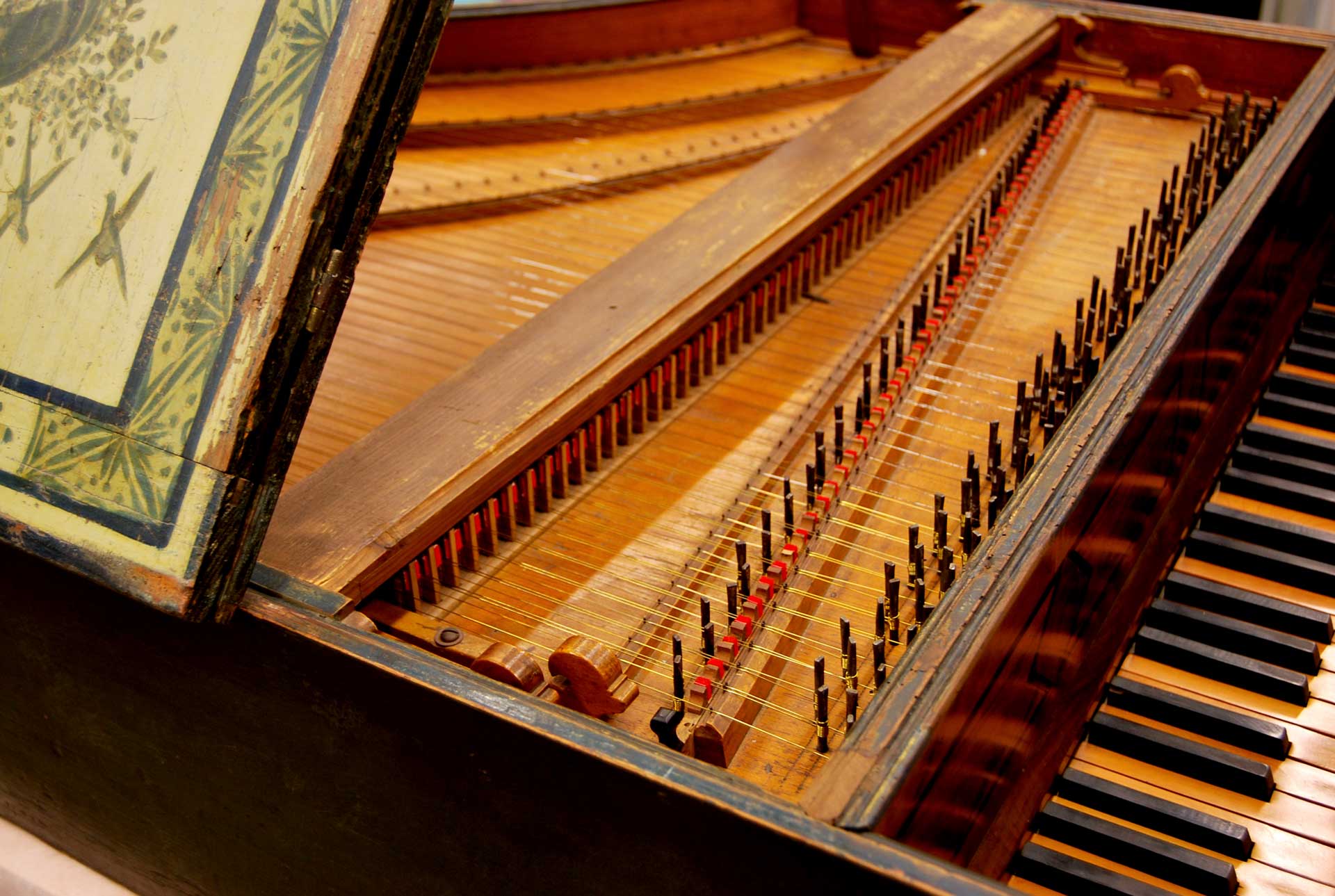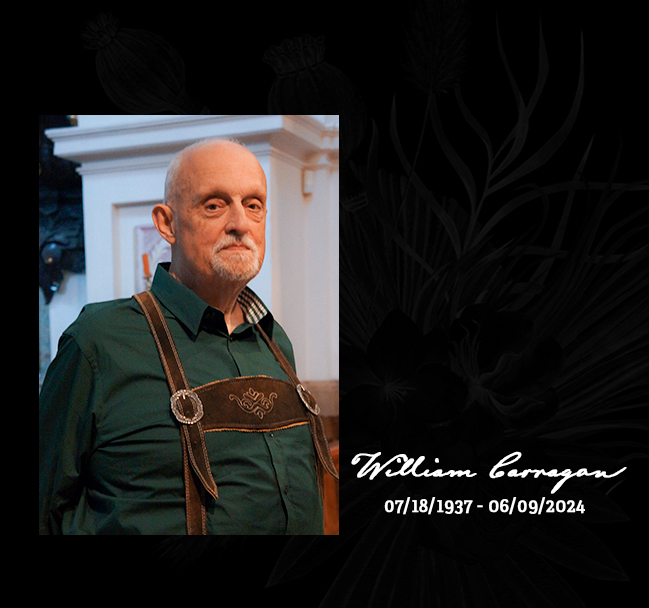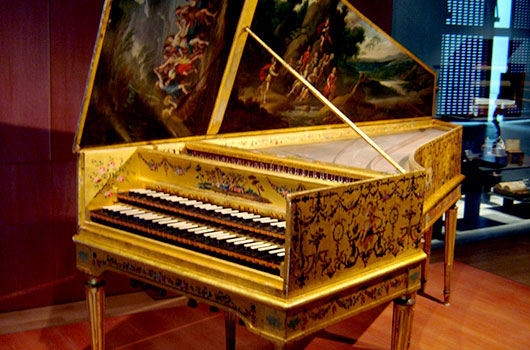‘Master, how, when, where did you think of the divine motif of your Ninth Symphony?’
‘Well, it was like this: I walked up the Kahlenberg, and when it got hot and I got hungry, I sat down by a little brook and unpacked my Swiss cheese. And just as I opened the greasy paper, that darn tune popped into my head!’
Anton Bruckner
My completion of Bruckner’s Ninth Symphony
The completion was commissioned by Jack Diether and the New York Mahlerites in 1979 as a piano-duet to be performed at their annual meeting that year. Its subsequent orchestration was requested by the conductor Rohan Joseph de Saram. The result was premiered by Moshe Atzmon and the American Symphony Orchestra in Carnegie Hall on January 8, 1984, and first recorded the next year by
Hubert Soudant and the Utrecht Symphony Orchestra and Yoav Talmi and the Oslo Philharmonic Orchestra, and performed in St. Florian the following year by Kurt Eichhorn and the Bruckner Orchestra Linz. In a revised version it was recorded in 2010 by Gerd Schaller and the Philharmonie Festiva. There is a full description of it in the paper “Ground Rules for the Completion of a Great Work”.
Other Completions and Editions
This work was completed n 1989, and performed that year by Findlay Cockrell’s Amadeus Chamber Orchestra directed by Keith Clark. It has recently been recorded by Gerd Schaller and the Philharmonie Festiva.
The fragmentary sonatas in C major, D. 613, and F minor, D. 625, were completed for the Schubert anniversary in 1978. Later piano sonatas completed are the F sharp minor sonata D. 574 and the great “Reliquie” sonata in C major, D. 840.
At the request and commission of Leopold Nowak, I prepared a two-volume edition of the Second Symphony for the International Bruckner Society, which is now the standard edition for this work. I also prepared an edition of the First Symphony in its original 1866 form, using the critical report of Robert Haas. And I made an edition of the Third Symphony in its version of 1874, based on the manuscript Mus.Hs. 6033 in the Austrian National Library. All three of these efforts have been recorded by Gerd Schaller and the Philharmonie Festiva and by others.
I have made arrangements for two pianos four hands of the Eighth Symphony in the version of 1892, the Fourth Symphony in the version of 1874, and the Fifth Symphony and Seventh Symphony, initially for presentation of the biennial Bruckner Journal Readers’ Conference at Oxford University.
Bruckner – Symphony No.9, Part 4 (Gerd Schaller) Carragan Completion
The Harpsichordist’s Revenge
Listen to and download scores of music you never expected to hear on harpsichords!
This harpsichord is the work of two celebrated makers: originally constructed by Andreas Ruckers in Antwerp (1646), it was later remodeled and expanded by Pascal Taskin in Paris (1780). Foto by Gérard Janot
Excerpts from my papers
In 1887, immediately upon completion of the first version of his Eighth Symphony, Anton Bruckner began the first movement of the Ninth, but soon thereafter turned to revision of the Fourth and the Third, further thoughts on the Eighth starting before he had received any opinions on it, then a year spent on a new version of the First, […]
After the massive, overwhelming unison recall of the motto theme, the music continues with further development of that theme’s simple contour to a crisis; then ensue in order the obligatory brief development of the B theme, the famous near-quotations of Tristan, Die Walküre, and the Second Symphony, and the true recapitulation.
The question immediately occurs: if this version of the Adagio were to be performed, what version should be used for the other movements, 1887 or 1890? To me, it seems desirable instead to try to arrive at the state of the other movements at the time of creation of the intermediate Adagio.
Anton Bruckner Eleven Symphonies (The Red Book) by William Carragan
Visit the Website to find out more and reserve your copy now.





